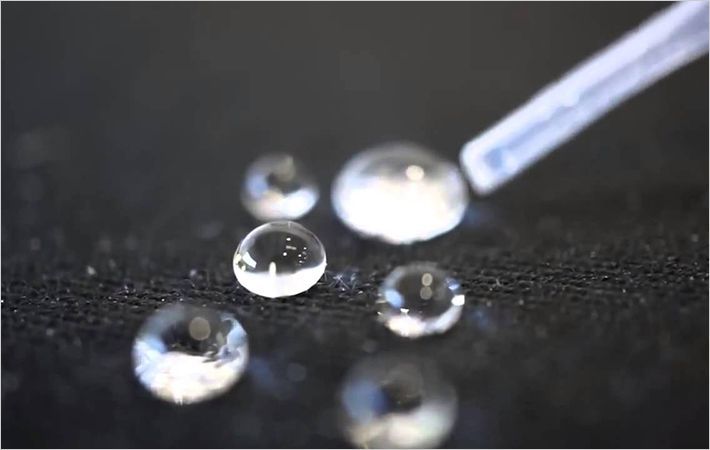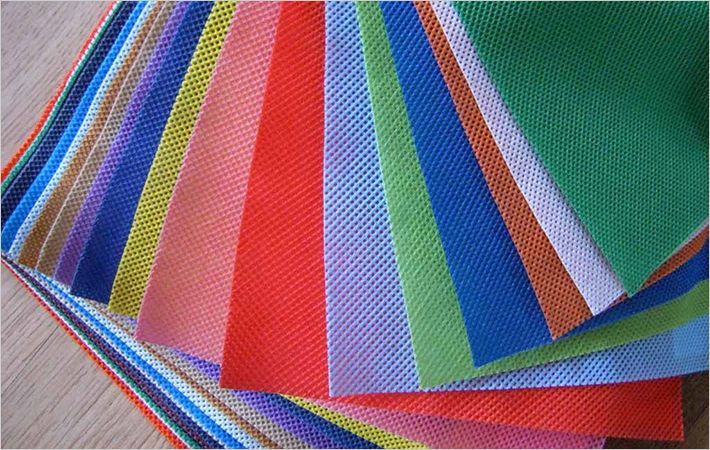By integrating real spider silk into a microchip, the researchers found that silk could not only propagate light but could also direct light, or "couple" it, to selected parts of the chip. Huby hopes this work can be used to create biosensors that could detect the presence of a molecule or the activity of a protein: as light waves passed through a blood sample, for example,, the molecules would change the properties of the light wave in an observable way.
The next step for Huby's team, she says, is to see what biologists and medical professionals need and then create devices they can use. Besides making biosensors, spider silk could also provide a light source for taking pictures inside of the body. Natural silk is only five microns in diameter, less than a tenth the width of a human hair. A pristine fiber of spider silk, which is so thin and strong, could carry light into the body through a very small opening, providing less invasive ways to do internal imaging or even chemical diagnoses using spectroscopy, which is the analysis of matter based on its interaction with light.By integrating real spider silk into a microchip, the researchers found that silk could not only propagate light but could also direct light, or "couple" it, to selected parts of the chip. Huby hopes #
As a spokesman for silk's status as the material of the future—he gave a TED talk on the subject last year—Omenetto believes these recent successes will help more people become excited about the potential of this remarkable material.
"I like to think we threw a big stone in the pond," Omenetto says. "And hopefully the waves will continue."
Optical Society (OSA)


